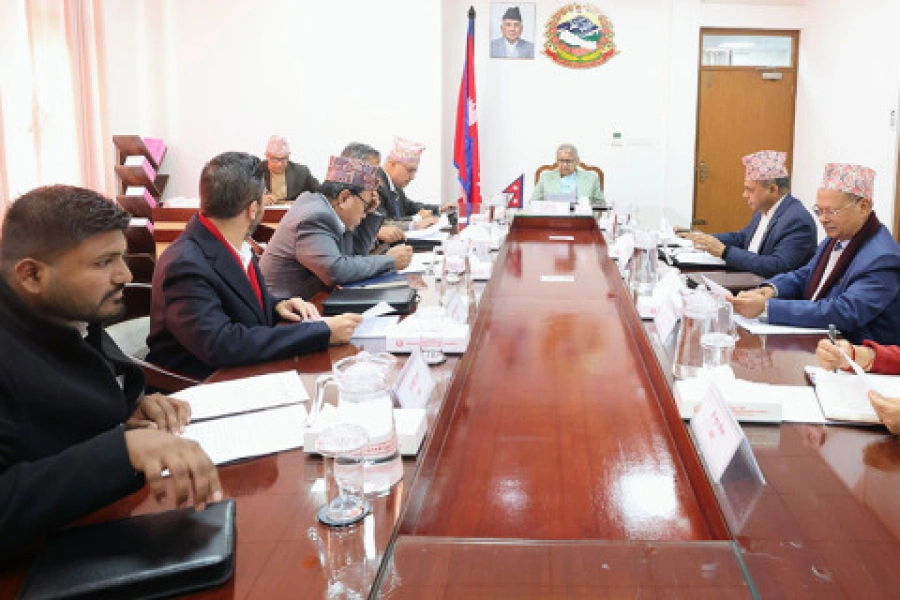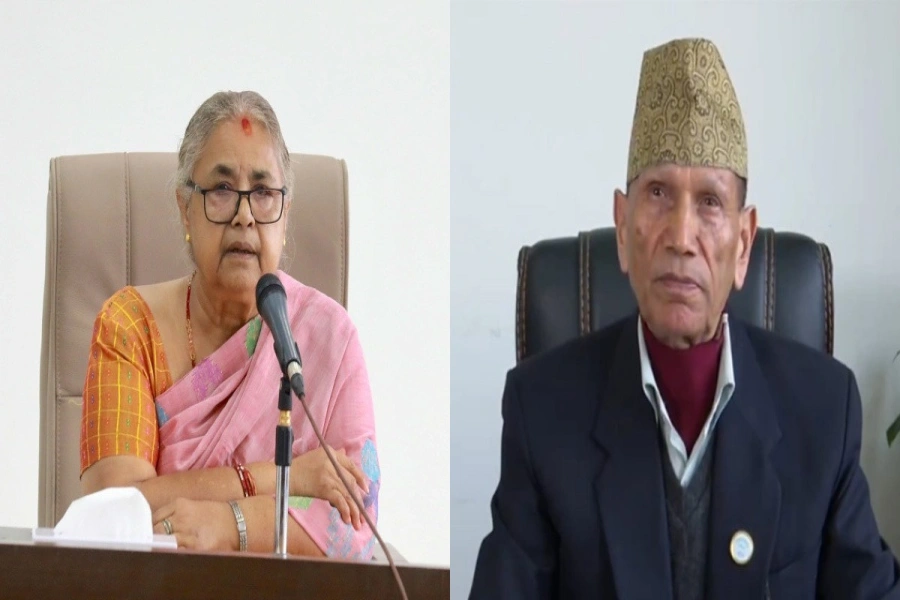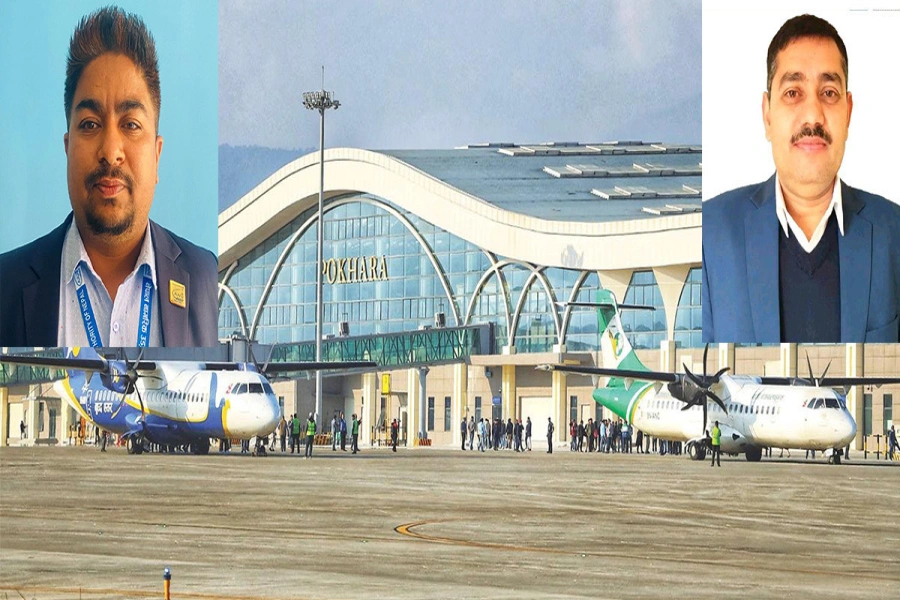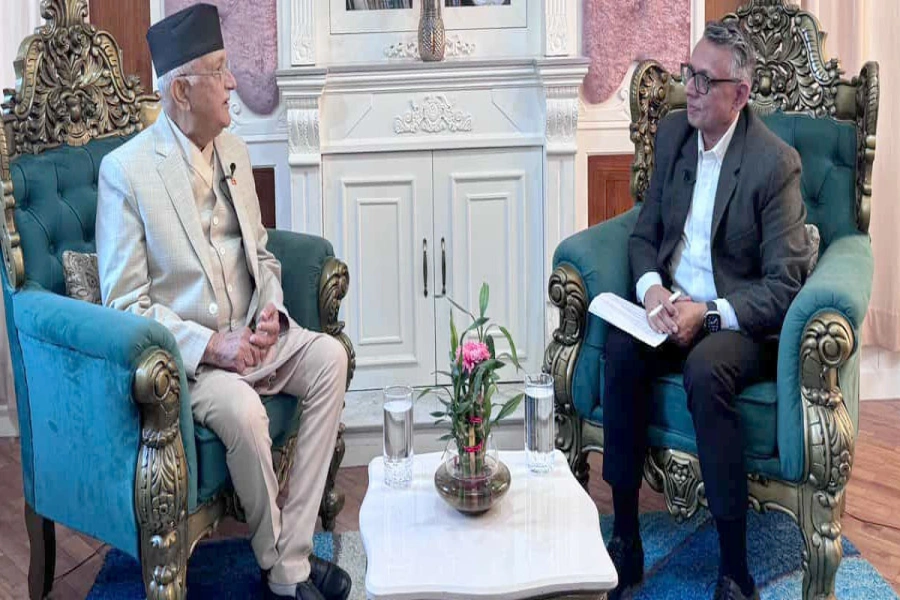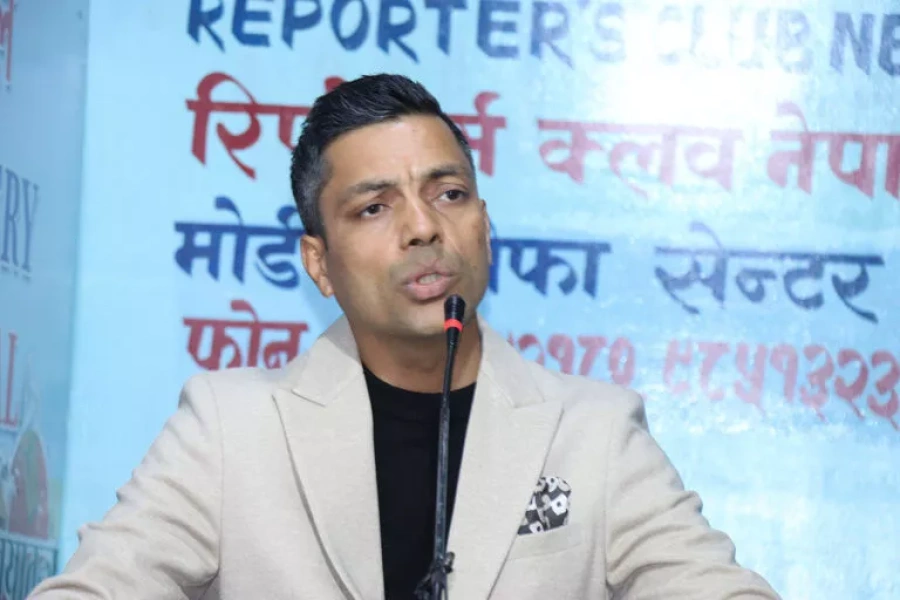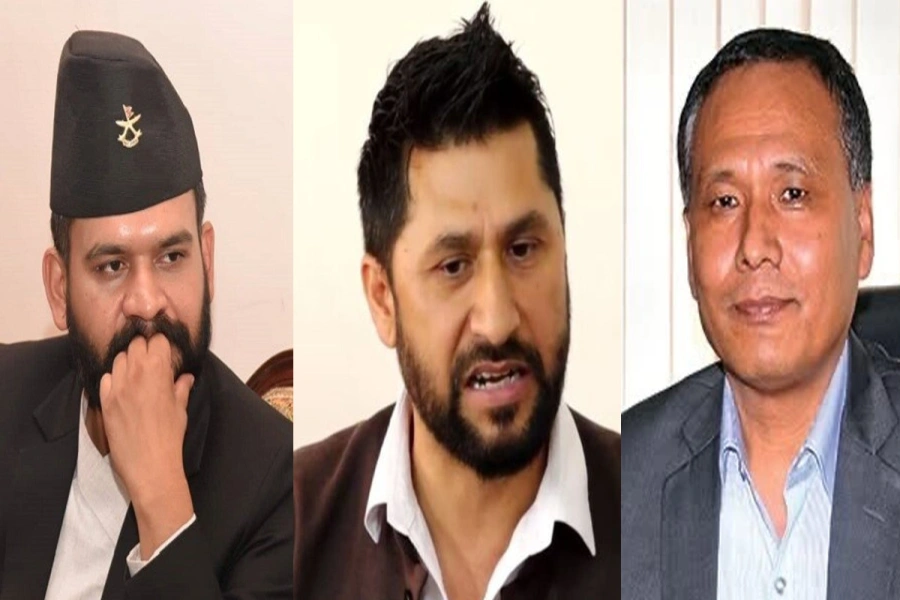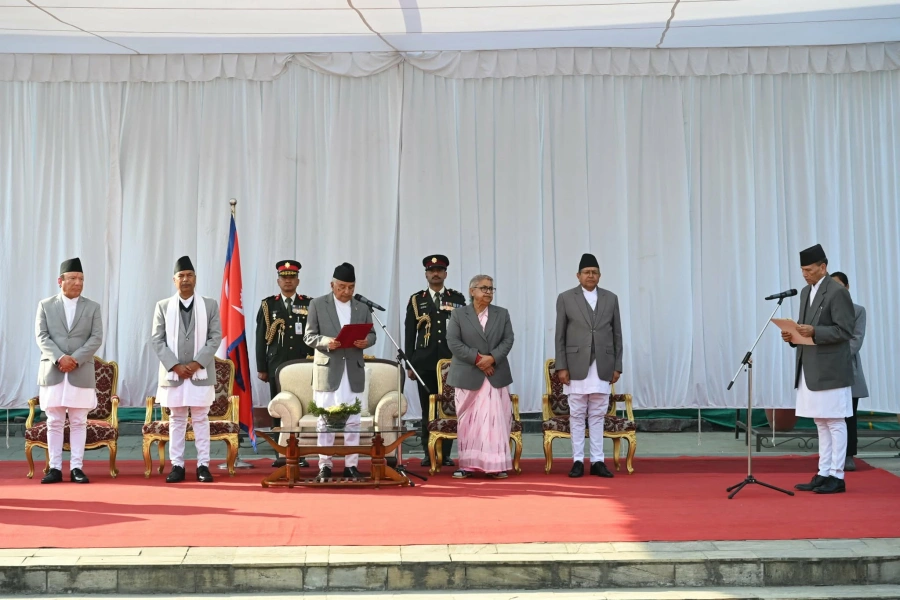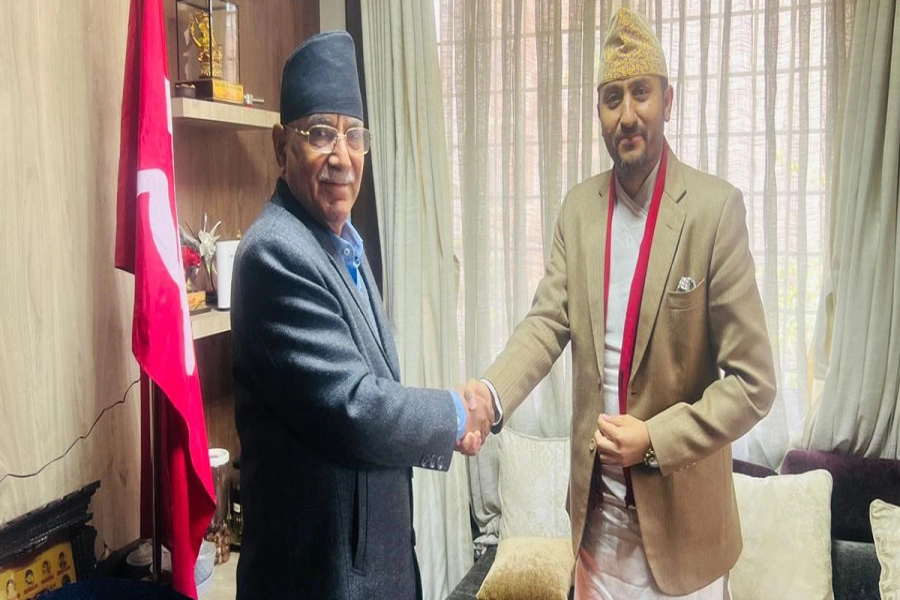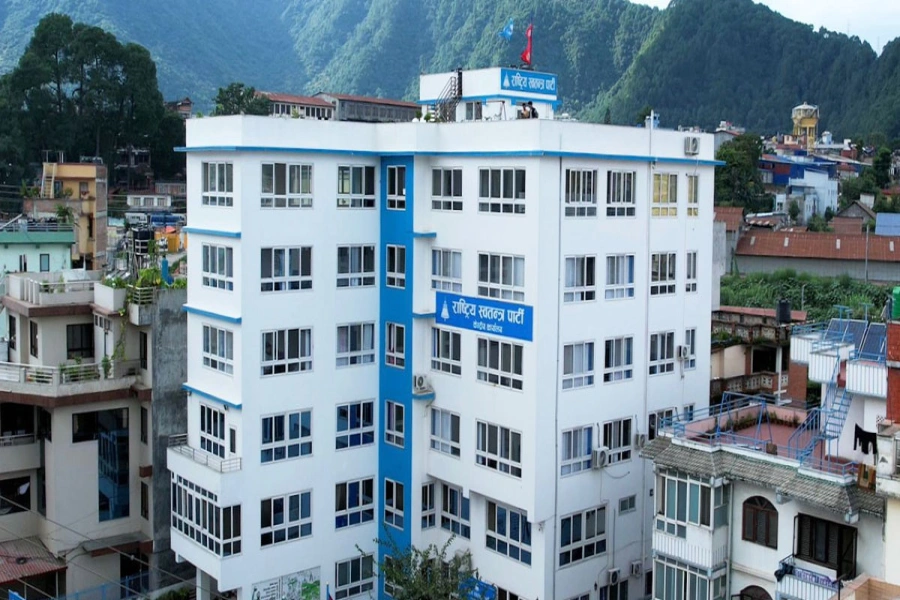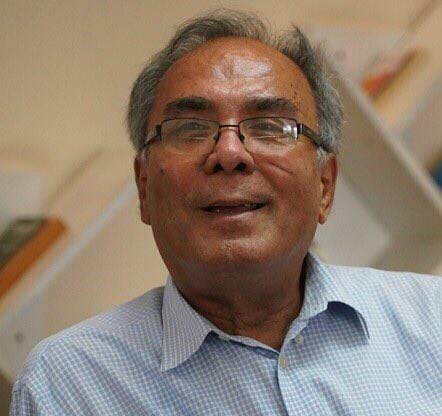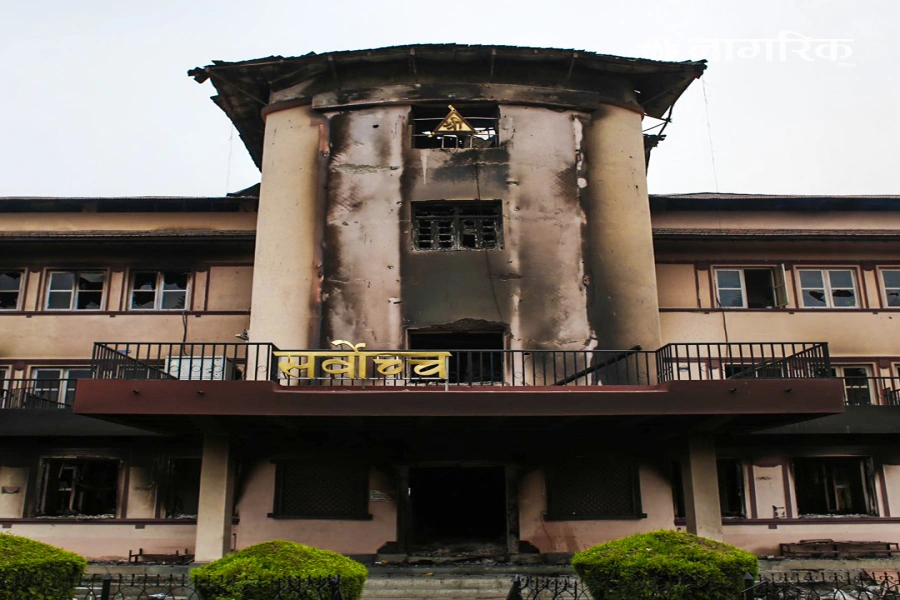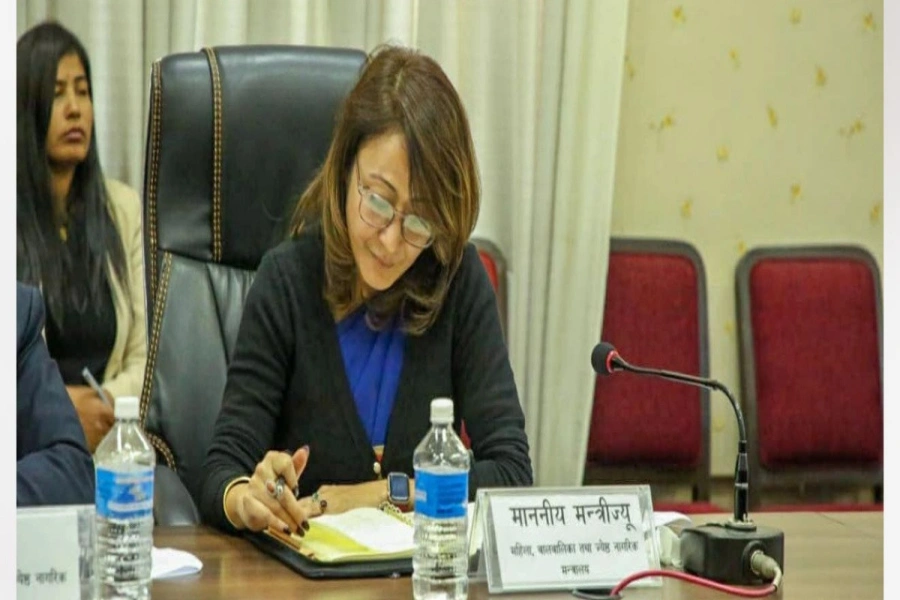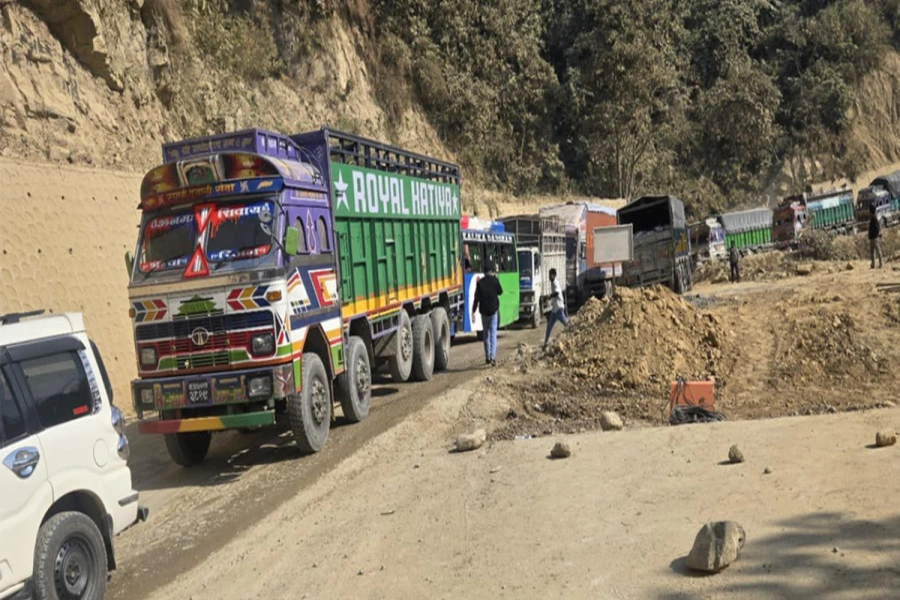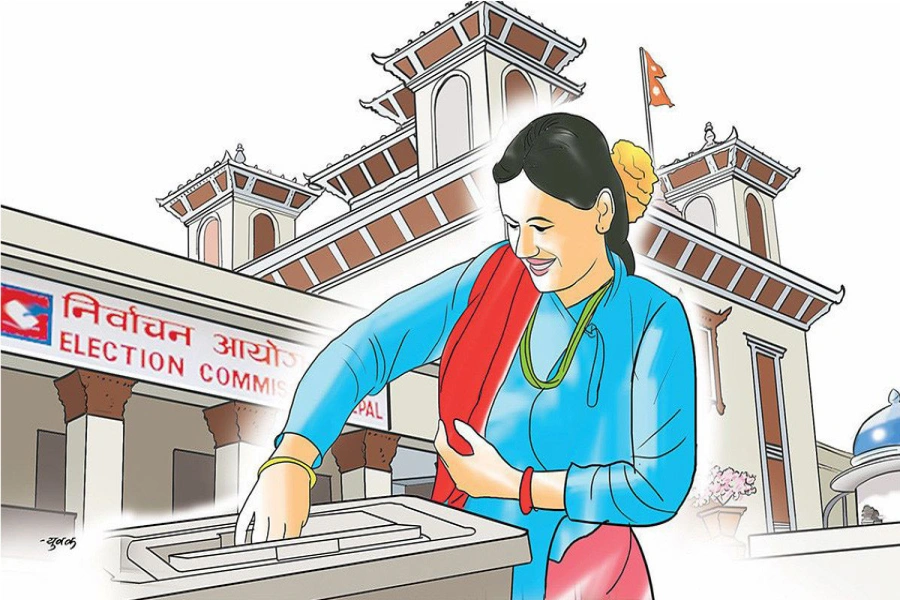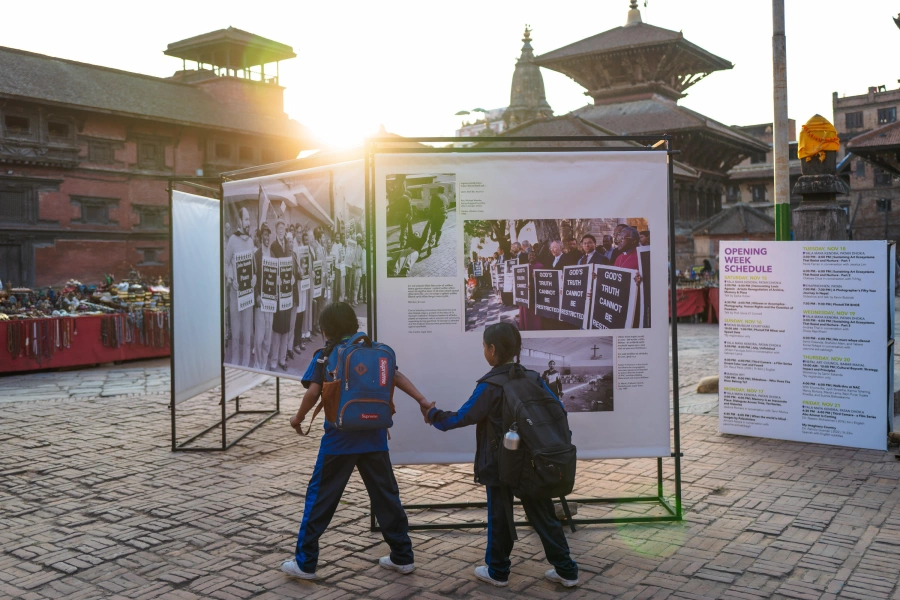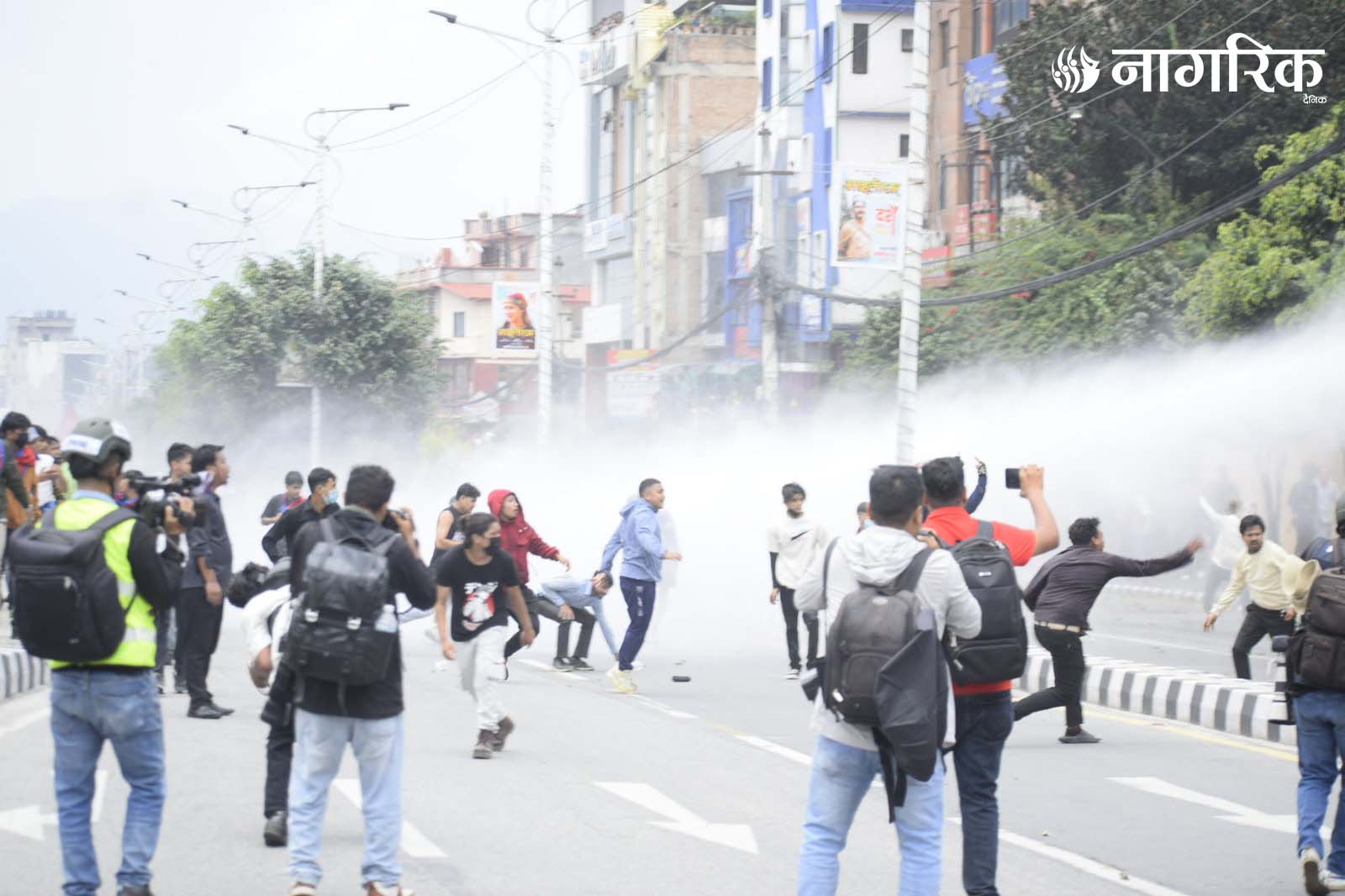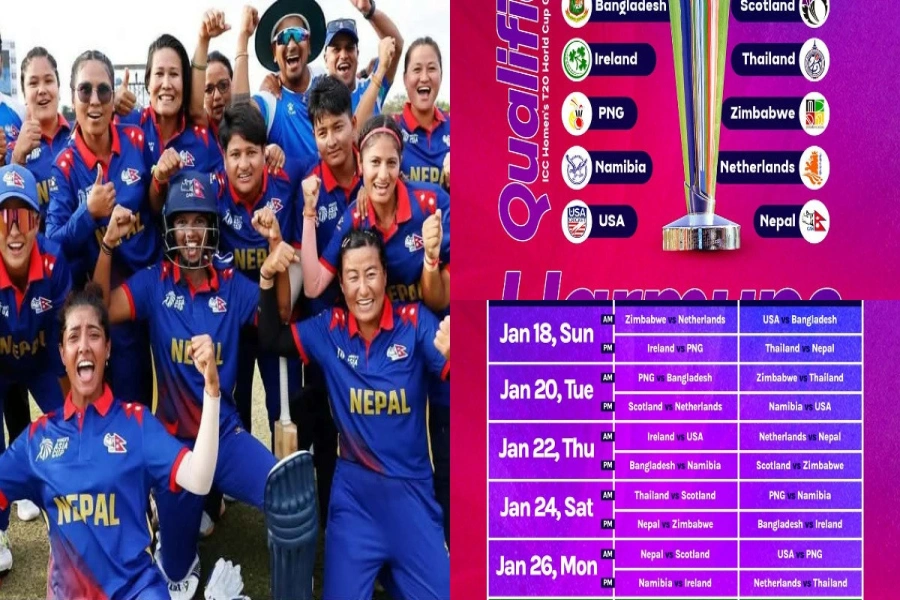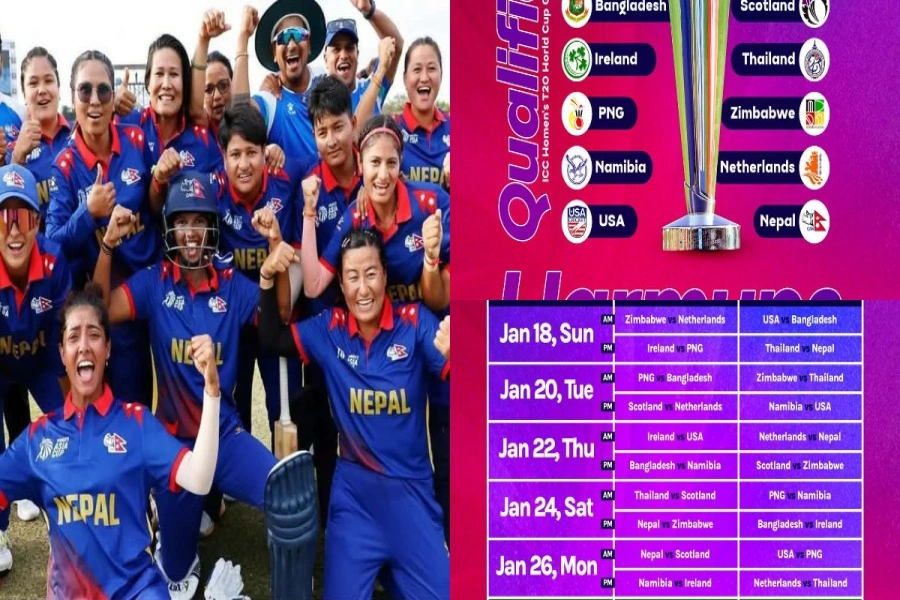The uncertainty of Nepal’s political future got aggravated in the aftermath of the CA’s dissolution when parties showed disillusion and nervousness, and UCPN (Maoist) split into two with the hasty formation of an alliance between the main faction and Madhesi and other similar parties. Who knows what direction politics would have taken if the president had not firmly demanded consensus among main parties while making decisions that affect the future of the country.
Now most party leaders are saying there is no alternative to electing another CA for drafting the constitution. However, in the context of Nepal, we can easily discern that the last CA has done whatever can be achieved at the level of CA and it is for the parties to sort out and resolve the remaining problems. In such a situation, why is another CA—as expensive and untenable as the last one—needed now? Is not it enough to get the constitution completed by electing a small, efficient and vibrant CA? It would be a devastating blow to the country and the party-system if another CA is unable to accomplish the task of drafting the constitution—which is quite likely in view of the political culture of our parties and level of awareness of our society.
To save the country and the party-system from another such humiliation, we can perhaps follow a middle path. We can aim for a short-term stable parliamentary government formed through a CA election organized after consensus, where the CA can serve as the Parliament of not more than 200 members. To be a CA, it should contain adequate representation from all sections of our society—from east to west and north to south. After the constitution is completed, this government can work to improve law and order and to usher in a peaceful atmosphere in the country, besides imitating developmental work. It can hand over power by electing a new government under the new constitution within two years of its completion.
Can we form such a well represented CA-cum-Parliament? Perhaps, we can. The parties should sit together first to properly define the strategy and come up with nine to thirteen sister organizations such as labor union, peasant organization, woman association as well as groups of engineering professionals, health professionals, teaching professionals, journalists, lawyers, creative artists, business and corporate professionals, former civil servants, workers’ organizations and youth organizations.

The parties should field one candidate from each sister organization in each electoral constituency and one general candidate of the party for representing the party in that constituency. The parties should ensure representation of marginalized groups like women/Janajatis/ Madhesis/Dalits/ while fielding the candidate. From each electoral constituency, one member should be sent to the CA from each sister organization and one from among general party candidates.
For the purpose of this election, the electoral constituency should consist of 14 zones each. Then, each party will be proportionally represented avoiding the need for using the strange mixed (both direct and proportional) system of elections. Note that if parties were to field Janajati/woman/Dalit/Madhesis proportionately at the zonal level, the desired situation of proportional representation from these groups at the grassroots will be achieved. Further, this will be a good opportunity for marginalized groups to have better representation in the Parliament if they were to fight the election by forming a single party or coalition of parties of Madhesis and Janajatis. Also, the process of forming a Parliament has enough ingredients for ensuring impartial representation of all ethnic/caste/marginalized groups in mountains, hills and the Tarai.
We have been hearing in the media that Nepal is on its way to becoming a failed state. Despite this, many of our prominent leaders are consistently displaying a passion for politics of dissension, factionalism and anarchy, forgetting that the most desirable quality of a leader lies in democratically unifying all sections of people, identifying the model of development that is most suitable to the country, and appropriately channelizing the energies of people. Of course, these cannot be done without efficient utilization of existing human resources under democratic and transparent governance. How is it possible, when parties themselves never go through a dynamic educational process for their evolution and development and care the least for social work?
Since modernization of Nepal will depend much on how parties function, parties should sit together and prepare norms on fundamentals of party structure and transparency in the party’s internal functioning. Even though experience is essential for sound performance, it is unfair to allow the same person to be prime minister or president or party chairman for more than two terms, minister for more than three terms, and Member of Parliament for more than four terms. When such things are overlooked, cronyism, corruption, and muscle power seep into the system. Different parties can have varying structures and methods but they should be within the broader norms set by parties. Such norms are essential for institutions that evaluate the functioning of the parties.
The author holds a PhD in Statistics from the University of California, Berkeley
One to Watch launches new acceleration program



